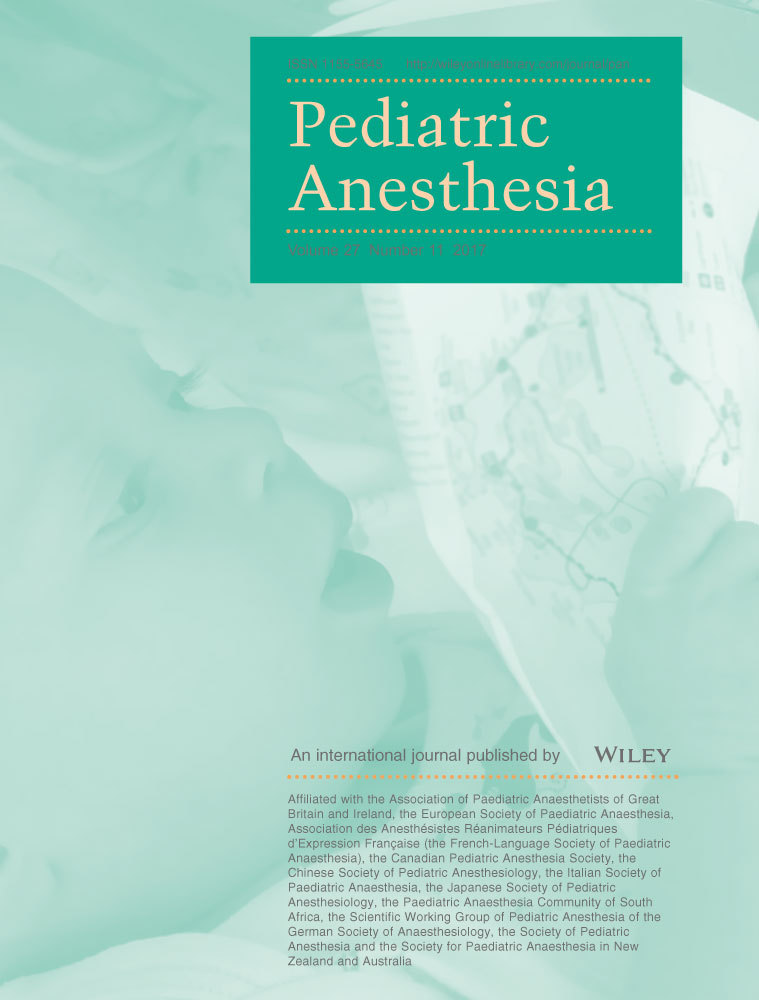Rapid Response Team activation for pediatric patients on the acute pain service
Summary
Introduction
Untreated pain or overly aggressive pain management may lead to adverse physiologic consequences and activation of the hospital's Rapid Response Team. This study is a quality improvement initiative that attempts to identify patient demographics and patterns associated with Rapid Response Team consultations for patients on the acute pain service.
Methods
A retrospective review of all patients on the acute pain service from February 2011 until June 2015 was cross-referenced with inpatients requiring consultation from the Rapid Response Team. Two independent practitioners reviewed electronic medical records to determine which events were likely associated with pain management interventions.
Results
Over a 4-year period, 4872 patients were admitted to the acute pain service of whom 135 unique patients required Rapid Response Team consults. There were 159 unique Rapid Response Team activations among 6538 unique acute pain service consults. A subset of 27 pain management-related Rapid Response Team consultations was identified. The largest percentage of patients on the acute pain service were adolescents aged 12-17 (36%). Compared to this age group, the odds of Rapid Response Team activation were higher among infants <1 year old (odds ratio = 2.85; 95% confidence interval: 1.59, 5.10; P < .001) and adults over 18 years (odds ratio = 1.68; 95% confidence interval: 1.01, 2.80; P = .046).
Discussion
Identifying demographics and etiologies of acute pain service patients requiring Rapid Response Team consultations may help to identify patients at risk for clinical decompensation.




